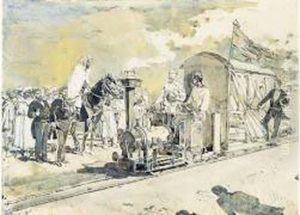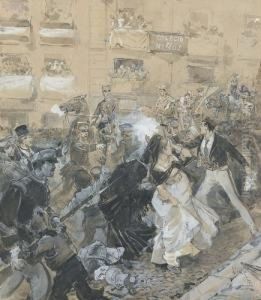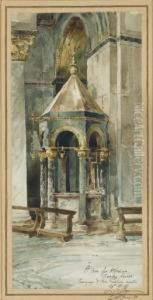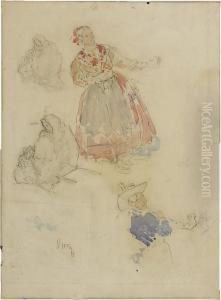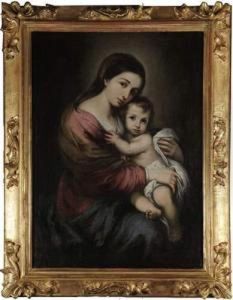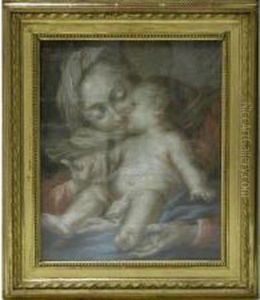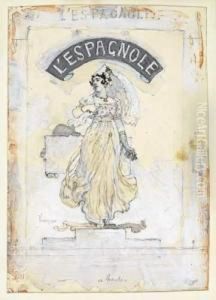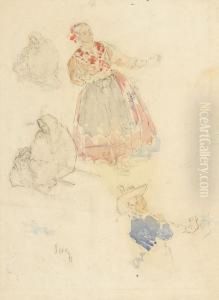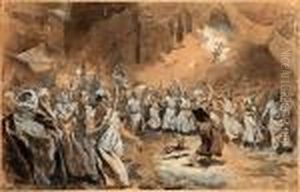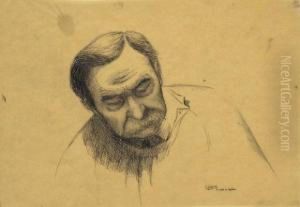Daniel Vierge Paintings
Daniel Vierge, born Ulpiano Checa y Sanz on March 6, 1851, in Madrid, Spain, was an innovative illustrator whose work is noted for its dynamic composition and pioneering use of the halftone printing process. Raised in Spain, Vierge demonstrated artistic talent at an early age and was sent to study in Paris under the tutelage of Jean-Léon Gérôme, a prominent academic painter. While in Paris, Vierge immersed himself in the vibrant artistic culture of the time, which would greatly influence his later work.
Vierge's career as an illustrator began in earnest during the 1870s when he started contributing to various periodicals. His illustrations often accompanied texts in popular magazines, gaining him recognition for their detail and expressiveness. His style was characterized by a keen eye for detail, a dramatic use of light and shadow, and a fluid line that brought his subjects to life. He was particularly adept at capturing the human figure in motion, a skill that made his illustrations stand out in the publishing world.
In the late 19th century, Vierge suffered a debilitating stroke that paralyzed his right side. Remarkably, he retrained himself to draw with his left hand, continuing to produce work that retained the vigor and precision of his earlier illustrations. His determination to overcome his physical limitations was a testament to his dedication to his art.
Vierge's most significant contribution to the field of illustration was his pioneering use of the halftone printing process. This technique allowed for the reproduction of his pen-and-ink drawings in a way that retained the quality of the original artwork. It was a major advancement in the printing industry and helped bridge the gap between original art and mass-produced images. Vierge's adoption of this technology made him a key figure in the transition from traditional wood-engraving to modern printing methods.
Daniel Vierge's influence extended beyond his immediate contributions to illustration. He inspired a generation of artists and illustrators, and his techniques would be emulated by many. His work is considered a precursor to the graphic styles that emerged in the 20th century, particularly in the realms of comic books and graphic novels.
Vierge died on May 10, 1904, in Boulogne-sur-Seine, France. Despite his relatively short life, his innovative techniques and dedication to the craft of illustration left an indelible mark on the art world. Today, his works are collected and studied as fine examples of 19th-century illustration and are held in high regard by art historians and collectors alike.
